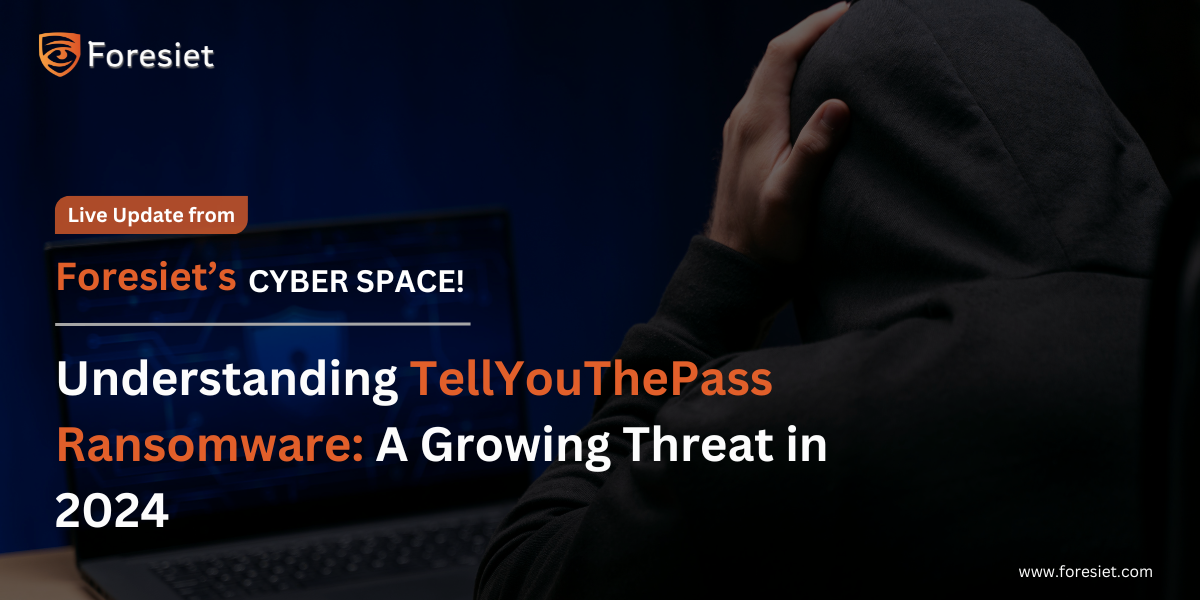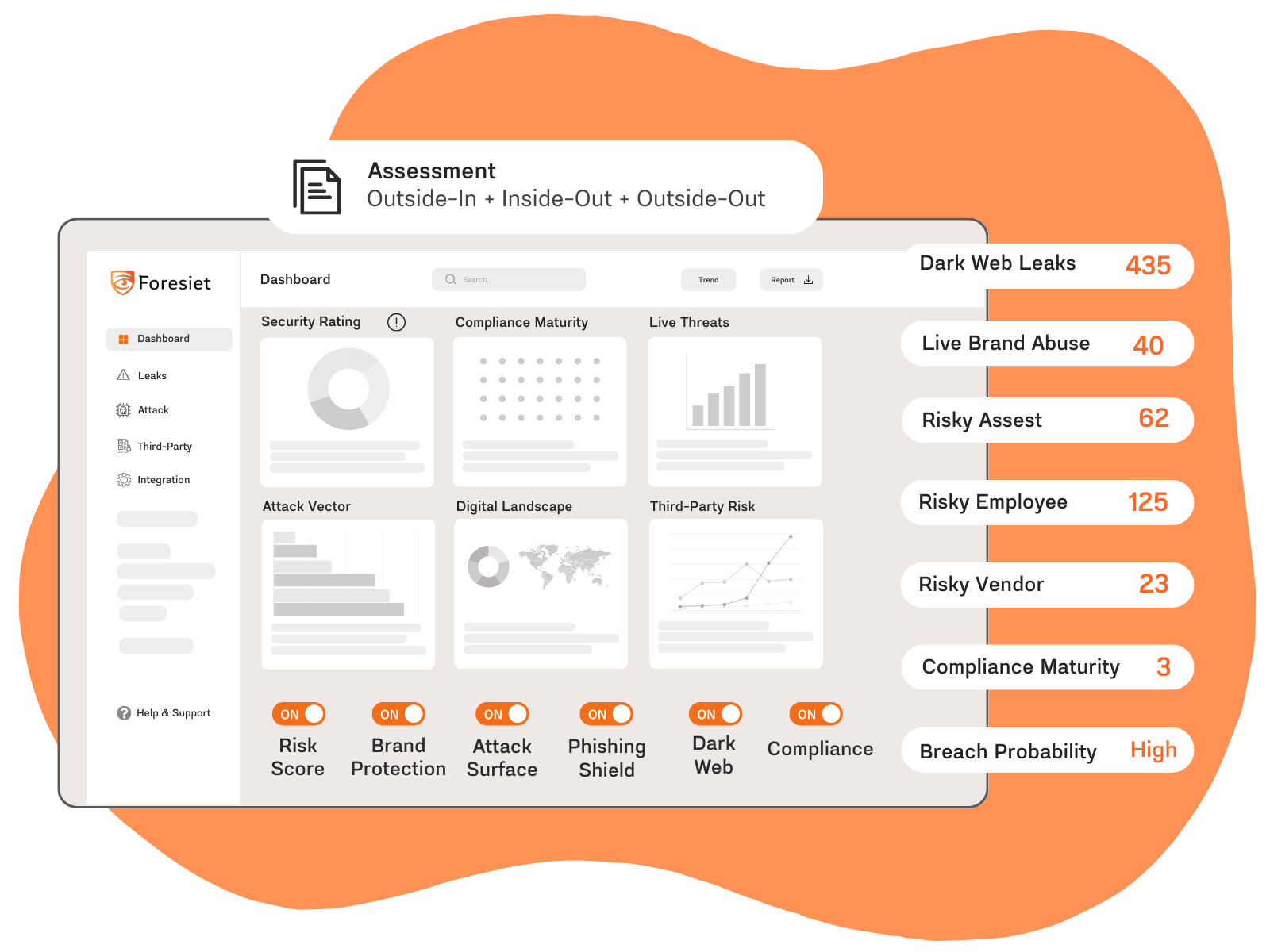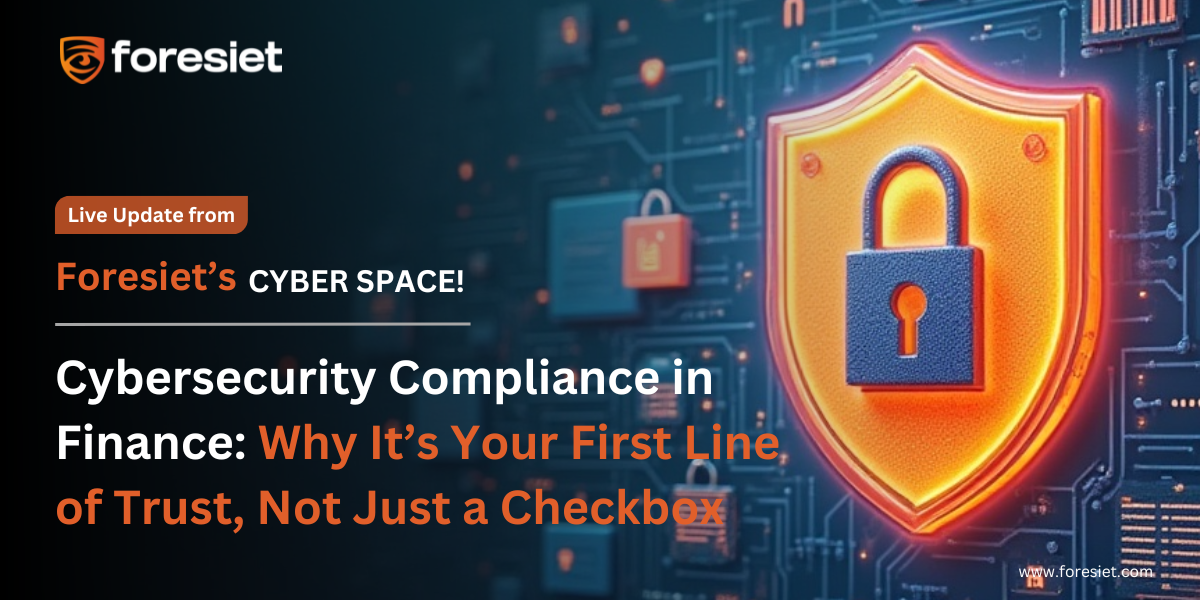Understanding TellYouThePass Ransomware: A Growing Threat in 2024

Introduction
TellYouThePass ransomware, first seen in 2019, is once again in the spotlight due to its recent activity. This ransomware has been found exploiting critical vulnerabilities in PHP, specifically the CVE-2024-4577 flaw, putting both Windows and Linux systems at risk.
The malware uses advanced techniques like web shells and fileless malware to gain entry, highlighting the need for robust cybersecurity measures.
Overview of TellYouThePass Ransomware
- Emergence: Discovered in 2019, TellYouThePass has continually evolved, adapting to new vulnerabilities over time. It has previously targeted the Apache Log4j vulnerability and now exploits PHP flaws.
- Recent Activity: Since June 2024, the ransomware’s activity has surged, infecting thousands of systems, with a particularly high concentration of cases in China.
Technical Details
- Encryption Method: TellYouThePass uses a combination of AES-256 and RSA-1024 algorithms to encrypt files, marking them with a .LOCKED extension.
- Execution Process:
- Collects system information and terminates processes that could interfere with the encryption.
- Scans all local drives, encrypting files in each directory.
- Visible command windows appear during encryption, making its presence known to users.
- Ransom Notes:
- Format: The ransomware drops README.HTML files as ransom notes.
- Ransom Demand: Victims are typically asked for 0.1 BTC (approx. $6,600–$6,700 USD).
Vulnerabilities Exploited
- CVE-2024-4577: This critical PHP vulnerability allows attackers to execute arbitrary code, significantly impacting servers running PHP in CGI mode, especially those with Chinese or Japanese locales.
Understanding TellYouThePass Ransomware: Motives and Tactics
TellYouThePass ransomware, like many ransomware strains, primarily focuses on financial gain by targeting both businesses and individuals. Leveraging vulnerabilities like the recent PHP flaw (CVE-2024-4577), it infiltrates systems to encrypt files and demands payment for decryption. Here are some of the key aspects of its operations:
- Financial Gain: The attackers seek to extort ransom payments, typically in cryptocurrency, making it hard to trace the funds.
- Exploitation of Vulnerabilities: By capitalizing on specific vulnerabilities (e.g., CVE-2024-4577), the ransomware improves its success rate for unauthorized access.
- Targeting High-Value Assets:It often targets organizations that rely on critical data, as they’re more likely to pay a ransom to regain access quickly.
- Use of Deceptive Tactics: The attackers disguise malicious files as legitimate resources, making detection harder and increasing infection rates.
- Persistence and Adaptation: The resurgence of TellYouThePass indicates a long-term strategy to exploit growing numbers of vulnerable systems, showing persistence in their operations.
Understanding these motives and tactics can help organizations strengthen defenses against ransomware threats like TellYouThePass, focusing on proactive vulnerability management and robust response plans.
Mitigation Strategies
To mitigate threats like the TellYouThePass ransomware, organizations should adopt a comprehensive set of security practices. First, regular patching is crucial, especially for systems running PHP, as it helps mitigate vulnerabilities like CVE-2024-4577. Additionally, strong security practices such as enforcing unique, strong passwords across user accounts and implementing multi-factor authentication (MFA) add essential layers of security. Another vital step is employee education staff should be trained to recognize phishing attempts and encouraged to report any suspicious emails or activities promptly.
In case of a ransomware attack, a solid backup and disaster recovery plan is essential. Organizations should back up critical data frequently, securely store these backups offsite, and regularly test recovery procedures to ensure data can be restored if needed. Network monitoring tools can also help detect ransomware by analyzing traffic for unusual patterns, providing early warning signs of an attack. Disabling unused services or protocols reduces the potential entry points for attackers to exploit. Lastly, having a well-defined incident response plan is essential for a rapid and organized response if a ransomware attack occurs, minimizing downtime and potential damage. By adopting these strategies, organizations can better defend against ransomware threats.
Further Recommendations Based on Recent Findings
- Monitor Publicly Exposed Hosts:
- Use tools like Censys to track exposed hosts. Recent data reveals that around 1,000 hosts, especially in China, are affected by TellYouThePass ransomware, often due to XAMPP configuration vulnerabilities.
- Geolocation Awareness:
- Organizations should recognize that many infected hosts are in China, potentially due to certain server configurations that heighten vulnerability to this malware.
- Understand Ransomware Notes:
- Ransom notes (e.g., READ_ME9.html, READ_ME10.html) offer insight into the demands and tactics of the ransomware operators. Reviewing these can help organizations refine their defenses.
Conclusion
TellYouThePass ransomware is a potent threat that exploits common vulnerabilities in widely used software like PHP. To combat this evolving risk, organizations must proactively secure systems, educate users, and be prepared to respond swiftly to incidents.
Following these mitigation strategies can significantly enhance an organization’s resilience against ransomware threats.
About us!
Foresiet is the pioneering force in digital security solutions, offering the first integrated Digital Risk Protection SaaS platform. With 24x7x365 dark web monitoring and proactive threat intelligence, Foresiet safeguards against data breaches and intellectual property theft. Our robust suite includes brand protection, takedown services, and supply chain assessment, enhancing your organization's defense mechanisms. Attack surface management is a key component of our approach, ensuring comprehensive protection across all vulnerable points. Compliance is assured through adherence to ISO27001, NIST, GDPR, PCI, SOX, HIPAA, SAMA, CITC, and Third Party regulations. Additionally, our advanced antiphishing shield provides unparalleled protection against malicious emails. Trust Foresiet to empower your organization to navigate the digital landscape securely and confidently.
Protect your brand, reputation, data, and systems with Foresiet's Integrated Digital Risk Platform. 24/7/365 threat monitoring for total peace of mind.


July 10, 2025, 9 a.m.
